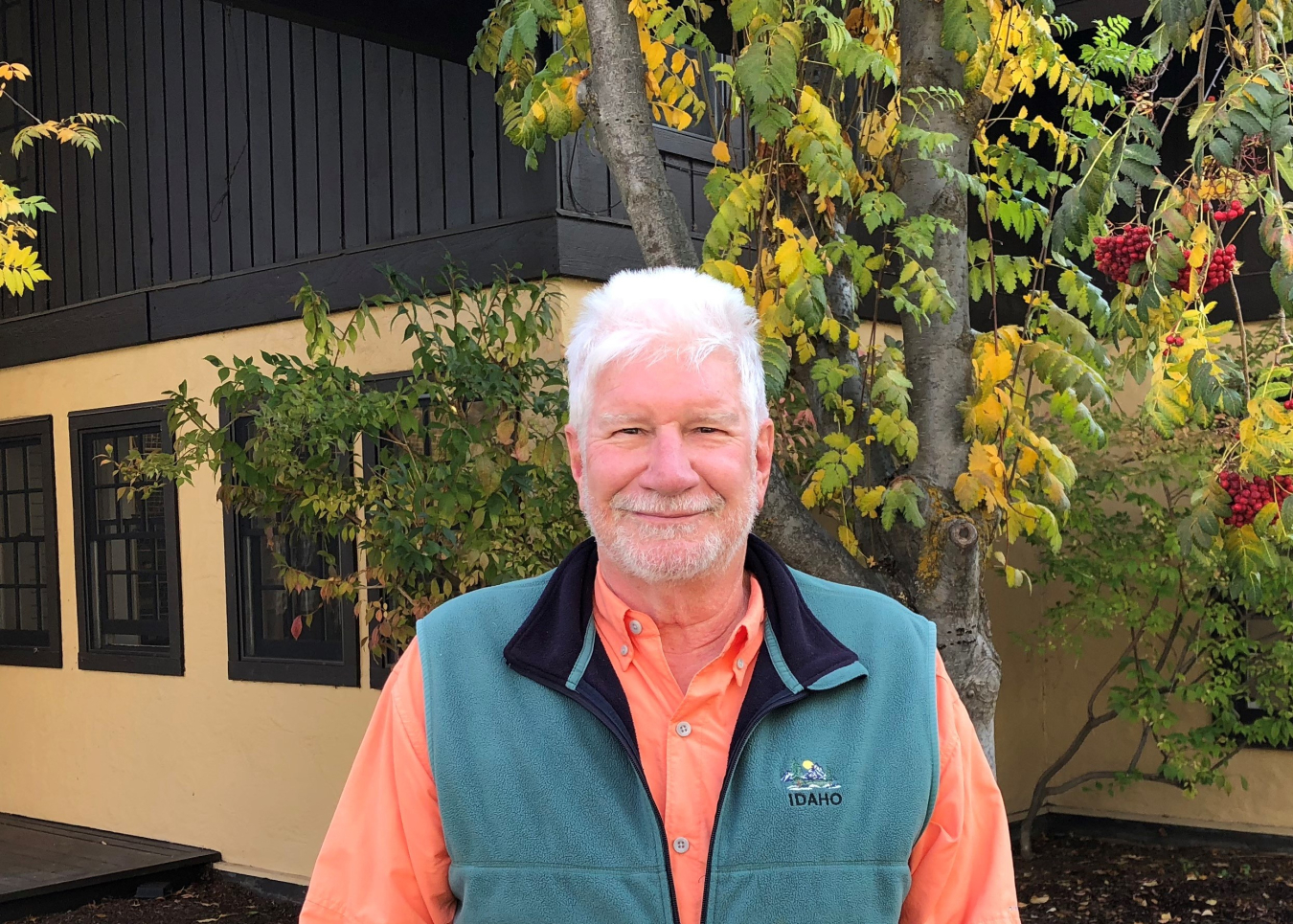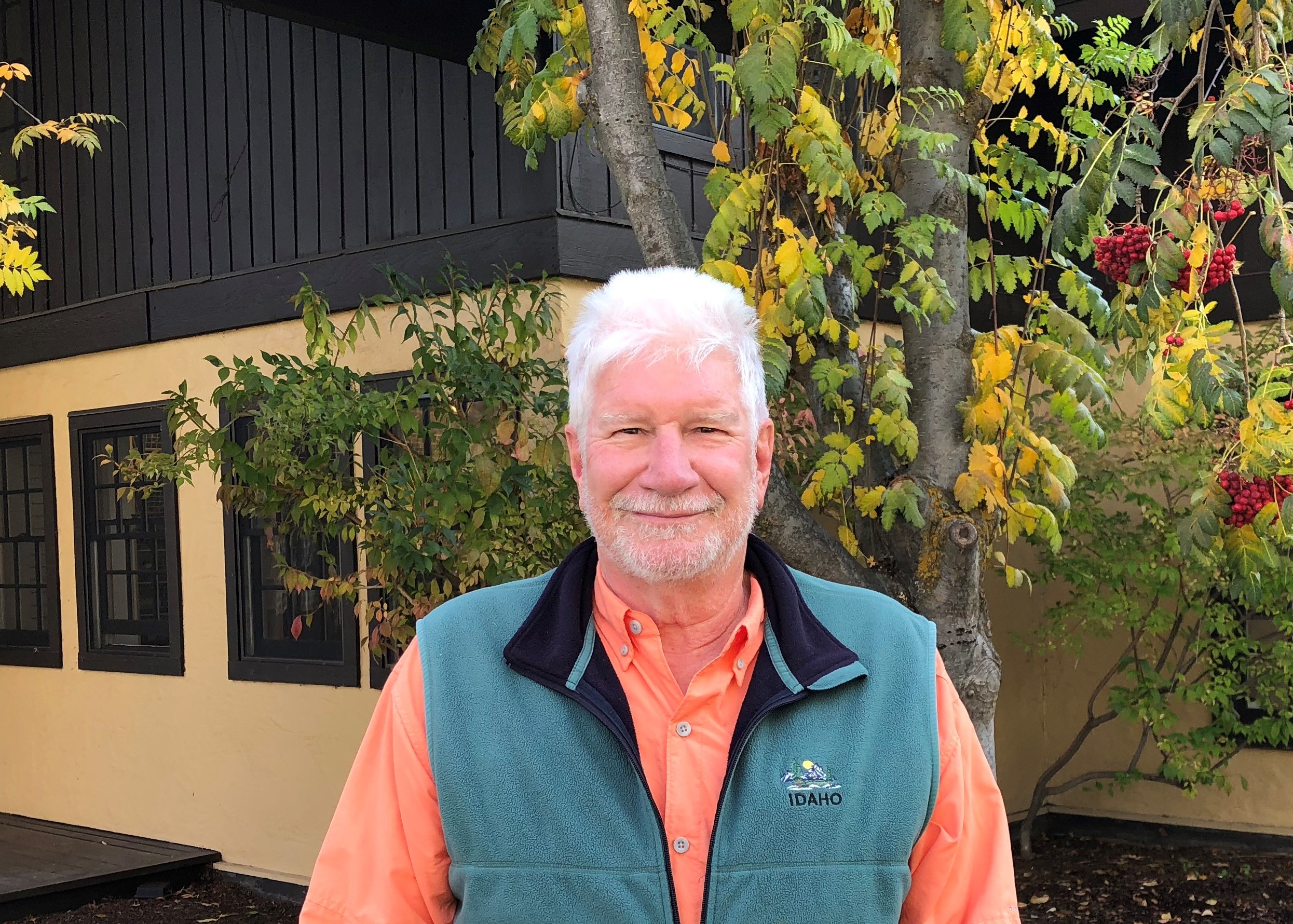John Sigler, ICP CAB Member, summarizes the board's February recommendations to DOE regarding high-level waste currently stored at the Idaho Site.
Idaho Cleanup Project Citizens Advisory Board
June 6, 2019Although there are a wide variety of high-level nuclear waste (HLW) issues throughout the DOE complex, the Idaho National Laboratory (INL) currently has only two eminent and significant ones. This article discusses the two INL waste streams for which there are currently no HLW repository waste acceptance criteria (WAC). Both are addressed in the original 1995 Idaho Settlement Agreement (ISA) which requires, in brief, that the material must be “road ready” for departure from Idaho by 2035; 16 years away.
INL currently stores 4,400 cubic meters or 15,538 cubic feet of calcine waste. This waste was generated from spent nuclear fuel reprocessing conducted decades ago, and is currently stored in six stainless steel bins inside concrete vaults at the Idaho Nuclear Technology and Engineering Center (INTEC). A retrieval and treatment system is being designed.
INL’s current Calcine Disposition Project (CDP), the proposed path forward, is to pneumatically retrieve the calcine from the existing material storage facilities (CSSFs) and transfer it to what would be a remodeled Integrated Waste Treatment Unit (IWTU) facility for treatment. There it would be blended with additives and processed in a hot isostatic pressing (HIPing) system to immobilize the material.
There are no existing transport containers certified and approved for calcine in any form. There is no existing repository in the United States which could accept calcine in either its present or any treated form. There are no repository WAC currently prepared for this waste. Because there is no WAC, determining a treatment method and a disposition pathway for calcine is uncertain and problematic.
INL also stores sodium bearing waste (SBW) which was generated from the decontamination of reprocessing facilities at INTEC. It is stored in three stainless steel 300,000-gallon storage tanks that are part of a tank farm of 15 tanks. DOE manages this liquid waste as HLW.
IWTU is located on the INTEC campus and is designed to convert the liquid SBW to a solid, granular material using steam-reforming technology. It will then be packaged in stainless steel canisters and stored in concrete vaults at the site.
Treatment of SBW supports the regulatory agreements between the DOE and the State of Idaho. However, there are no existing transport containers certified and approved for this waste. There is no existing repository in the United States which could accept the resulting treated waste form. There are no repository WAC currently prepared for this waste. Because there is no WAC, determining a disposition pathway for SBW is uncertain and problematic.
Based on the information reviewed in the preparation of a white paper on HLW at INL, the ICP CAB developed the recommendations which were forwarded to DOE in February. The CAB recommended that DOE:
- Expand the mission of the Waste Isolation Pilot Plant (WIPP) in New Mexico. First and foremost, DOE should begin discussions with the State of New Mexico (stakeholders and residents) and its regulators for WIPP to broaden its WAC to include reclassified waste and/or waste such as the SBW/waste that has gone through the Waste Incidental to Reprocessing (WIR) process. The CAB strongly encouraged the Department to act now, initiating discussions with the appropriate authorities, and that a permit modification which allows waste from reprocessing to be disposed at WIPP should be pursued immediately with the State of New Mexico. ICP CAB recommended DOE work with Congress to appropriately change the WIPP land withdrawal legislation to allow other waste types to be disposed at WIPP.
- Move forward with the WIR process for SBW. A reinterpretation is unnecessary if the 2008 WIR is implemented by DOE-HQ. DOE should submit the final WIR to the Nuclear Regulatory Commission (NRC) and complete the review process.
- Conduct public meetings in Idaho to discuss its future plans for disposition of Idaho’s HLW streams.
- Immediately determine, through the NRC validation process, whether Yucca Mountain, on a scientific and engineering basis, has potential as a long-term permanent repository for a variety of DOE and commercially generated nuclear waste. If Yucca Mountain is not a viable option, DOE needs to assess all alternatives in addition to WIPP for a permanent long-term repository.
- Engage with State of Idaho regulators concerning the INL spent nuclear fuel (SNF) and HLW streams. Consideration of alternative paths to resolution of Idaho’s nuclear waste material storage issues and permanent disposition of these materials is essential.
Two additional waste streams exist at the INL: transuranic waste and SNF, both are addressed under provisions of the Idaho Settlement Agreement. While these waste streams are important and significant, they are not addressed in this discussion of HLW at INL.
John Sigler
Dr. Sigler retired in 2012 as senior environmental coordinator for the City of Pocatello, Idaho. He obtained a Bachelor of Science in Wildlife/Fisheries Management and a Master of Science in Wildlife/Water Quality from Utah State University, and a Ph.D. in Fisheries Management/Biology from the University of Idaho. Dr. Sigler has co-authored various books, reports, and papers, including the 815-page illustrated book, Fishes of Idaho: A Natural History Survey, which was ranked as one of the three best Idaho books of 2018 by the Idaho Association of Libraries. He hopes to contribute to the management of natural resources in the western United States in an environmentally sensitive manner. Dr. Sigler remains active outdoors with walking, bike riding and yard work. He remains committed to the conservation organizations he has been a part of for over a decade. Dr. Sigler is interested in educational and environmental issues. He is a resident of Pocatello, Idaho.



